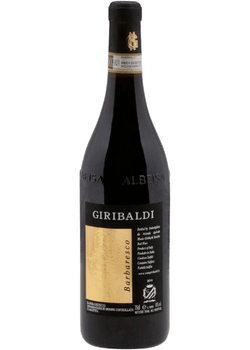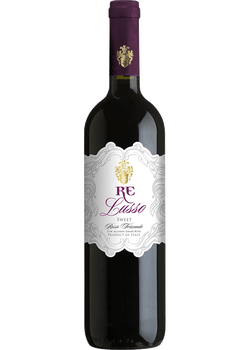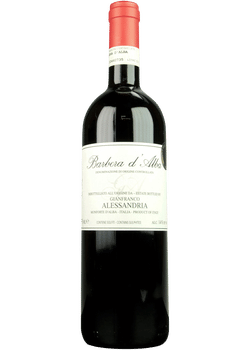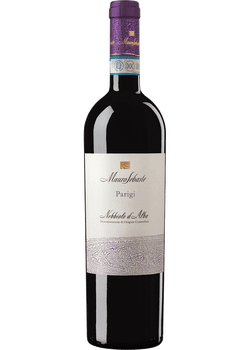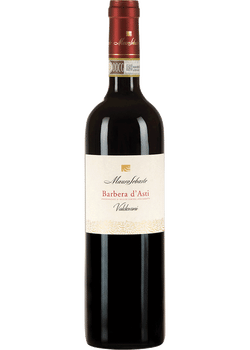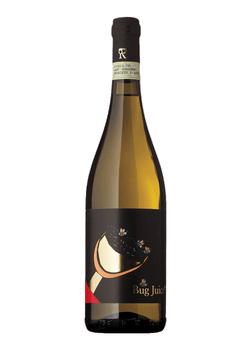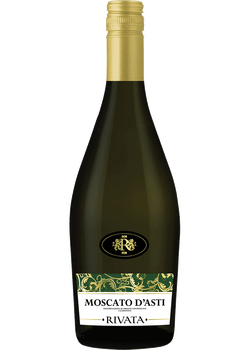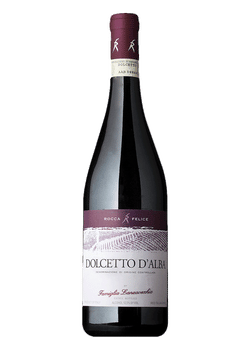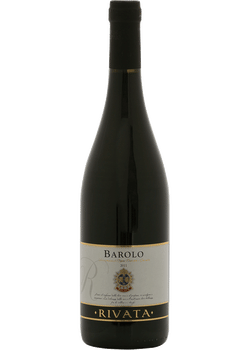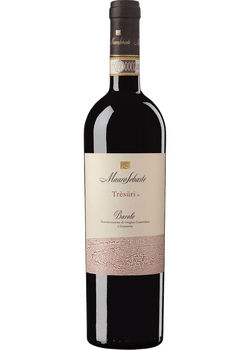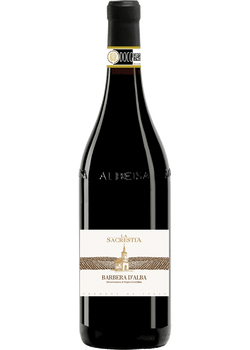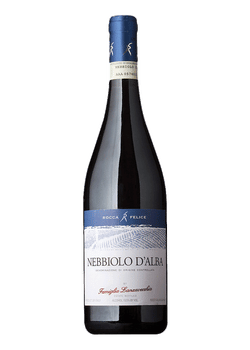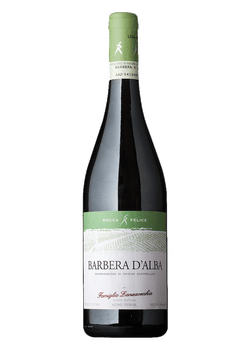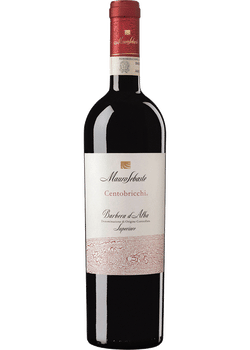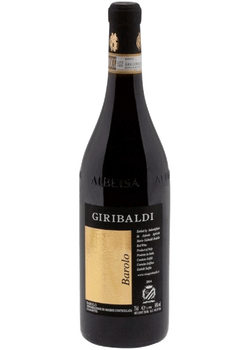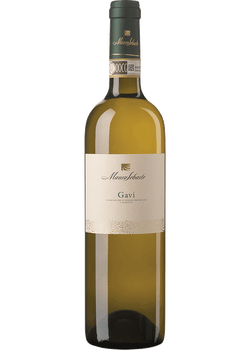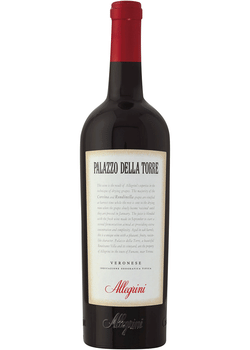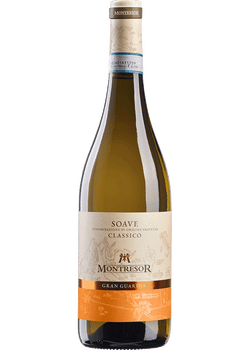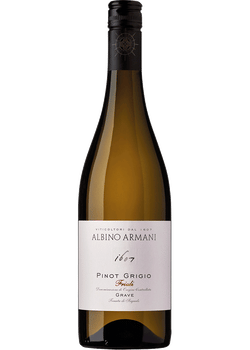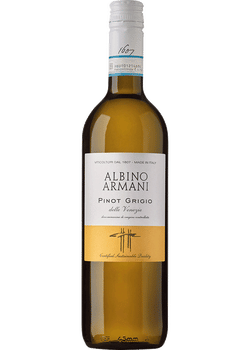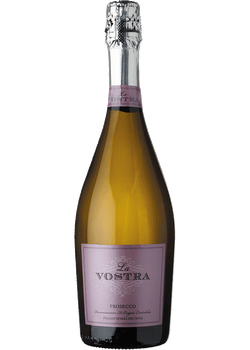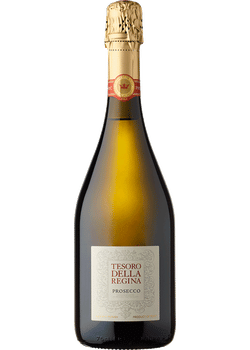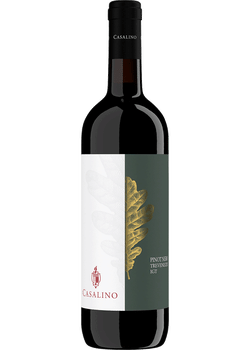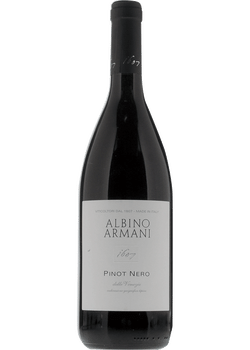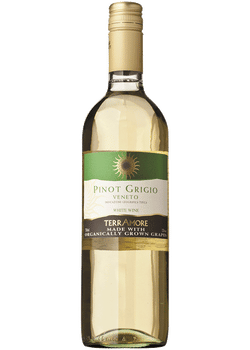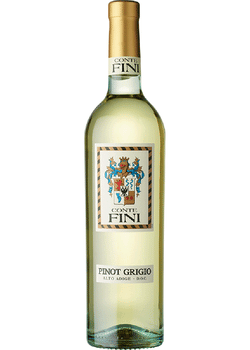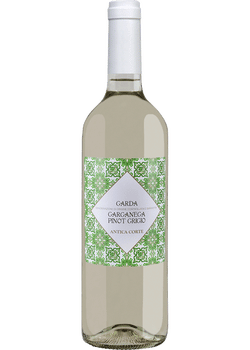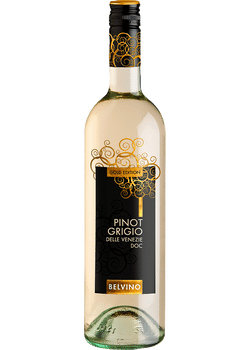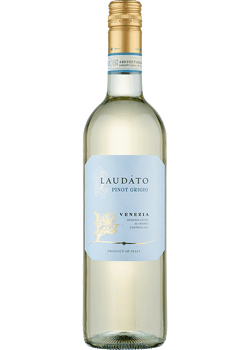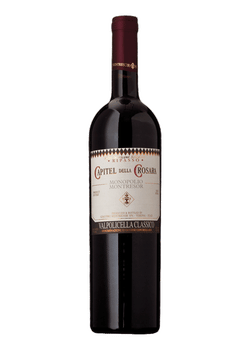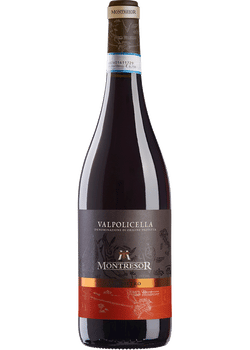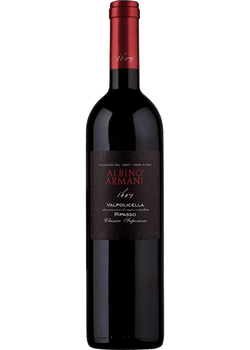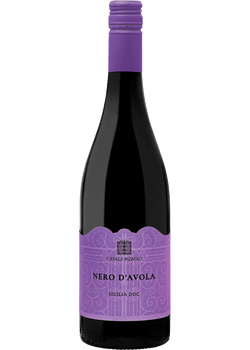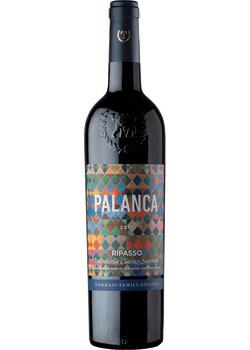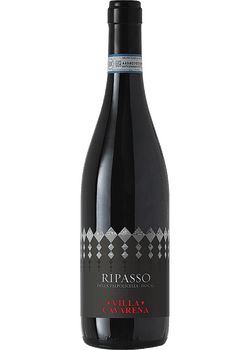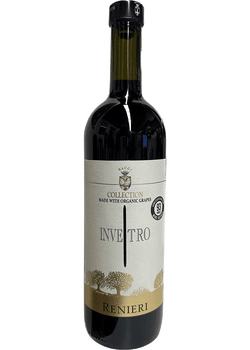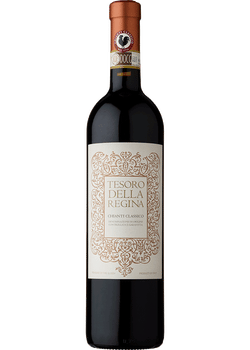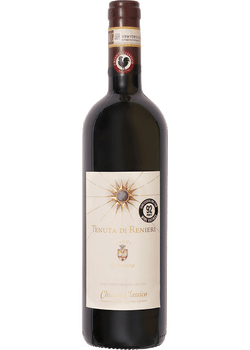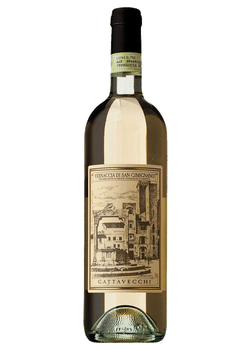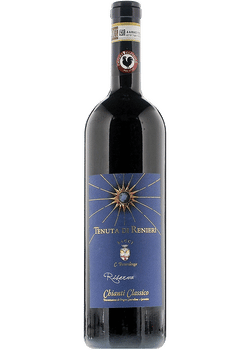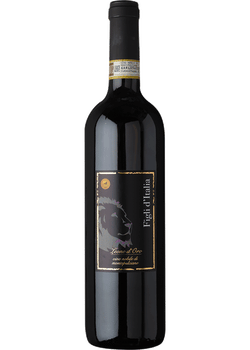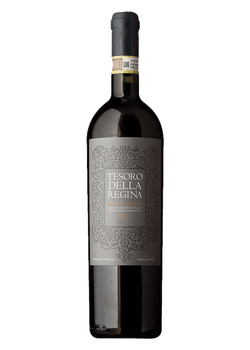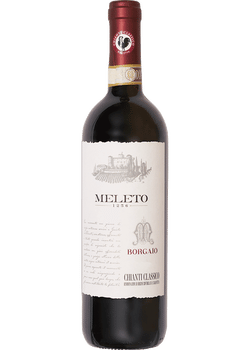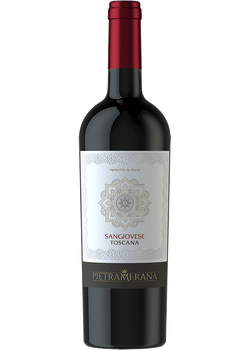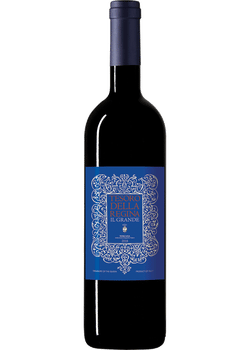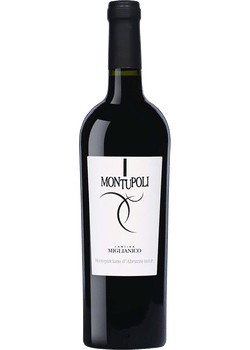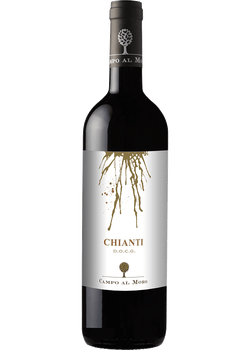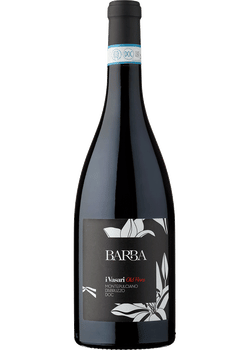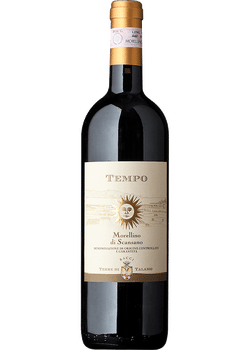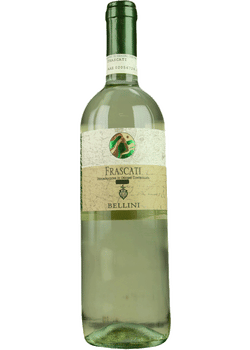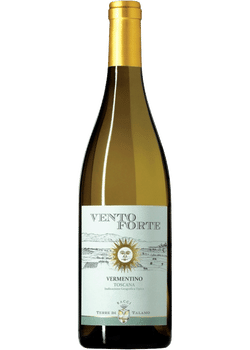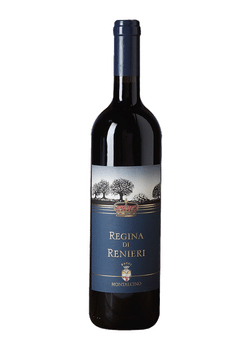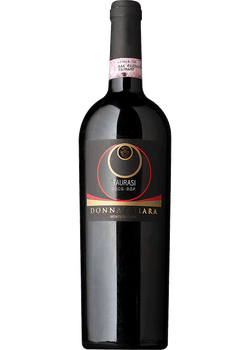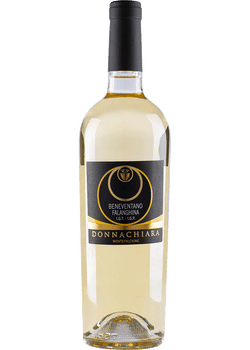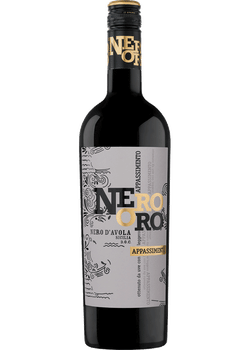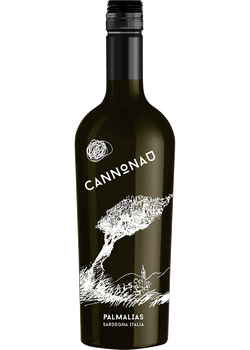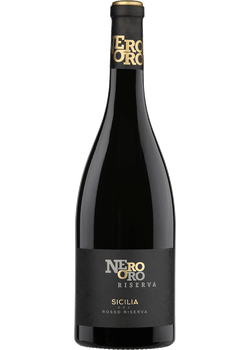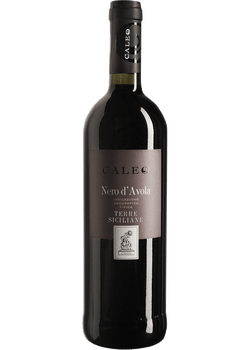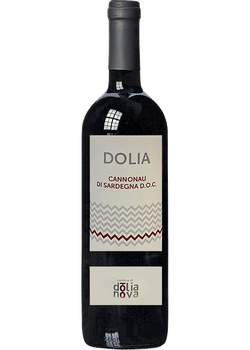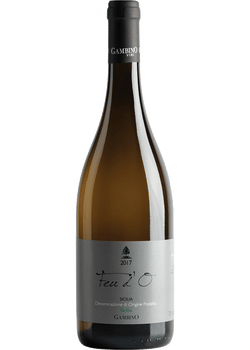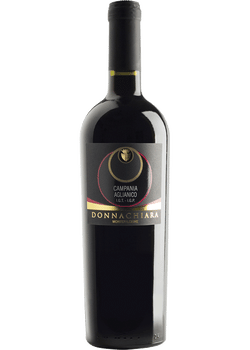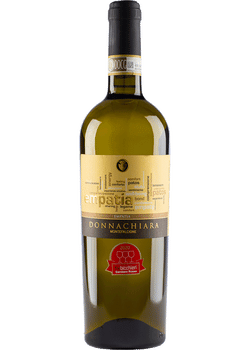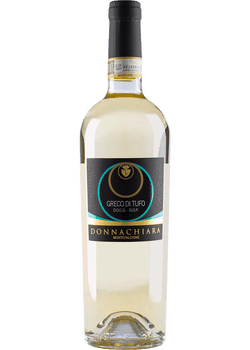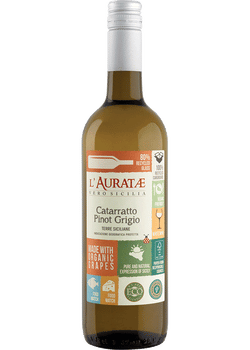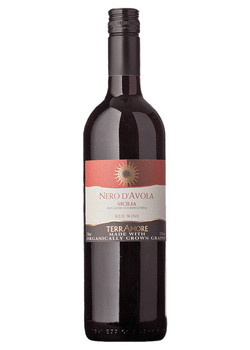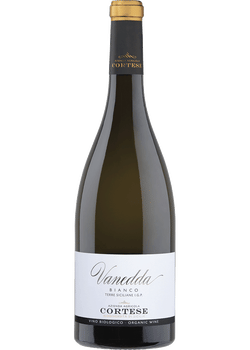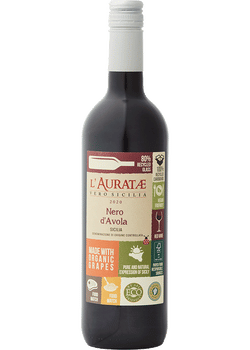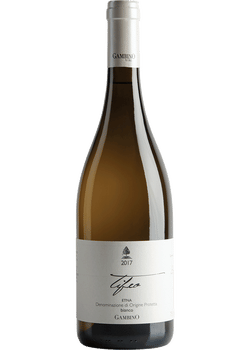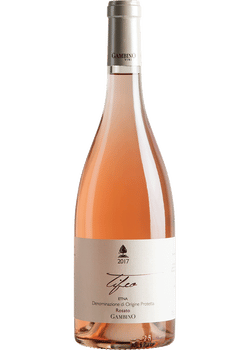Of all the winemaking countries, Italy may be the hardest to master. As of 2021 data, Italy is the #1 wine-producing country (by volume). Italian wines come from all over the boot-shaped peninsula, which boasts a mix of terrains and climates that provide ideal conditions for many different types of vines. Combined with Italy’s reputation for wonderful cuisine — and the Italian tradition that considers wine as part of a meal — it’s no wonder Italy is the source of so much good wine.
The most well-known regions are Piedmont, home of the prestigious Nebbiolo grape, Tuscany, where Chianti hails, and Veneto, the home of Italy’s iconic sparkler, Prosecco. But there are 17 other wine-producing regions each with distinctive grapes and wine styles.
You probably know of the two most planted grapes — Sangiovese and Montepulciano — but there are over 500 indigenous grape varieties in Italy. And you won’t find many of these Italian grapes grown anywhere else in the world. Italy also grows iconic French grapes such as Cabernet Sauvignon, Merlot, and Pinot Grigio.
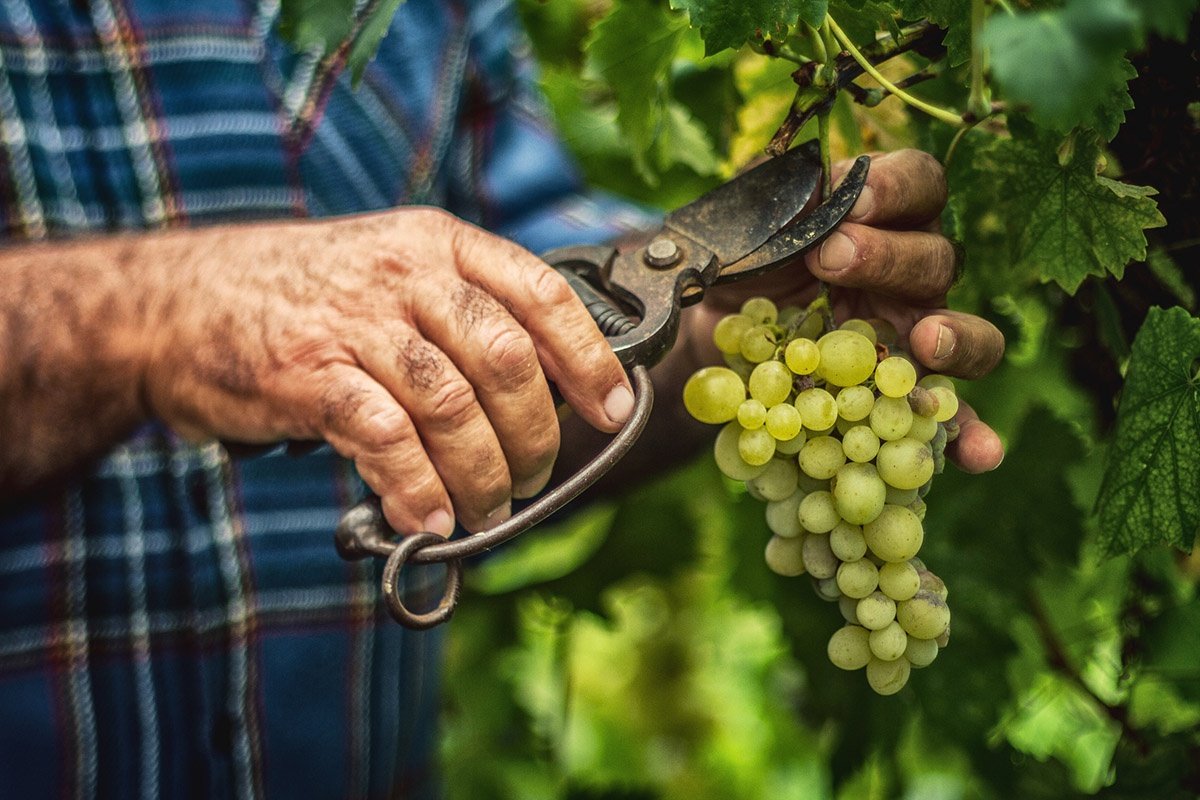
Facts to know about Italian wine
- Italy has over 500 indigenous grape varieties
- 20 wine regions span the whole country, plus its two islands
- Italy did not implement classifications and regulations on wine-growing regions until the 1960s
- The two most planted grapes are Sangiovese and Montepulciano
- Covered in mountains and hills and lots of coastal influences, Italy’s wine regions have diverse microclimates
Decoding Italian wine classifications & labels
Before we dive into the key regions and wine styles, let’s dissect how Italian wines are labeled and classified.
Labels
Italian wine labels are not quite as consistent as the French or as straightforward as the New World. Wine labels may include the grape varietal, such as Montepulciano, the region, such as Vino Nobile di Montepulciano (which is actually made with Sangiovese), or a combination of the place and grape name, such as Montepulciano d’Abruzzo. With all these variations it can be tricky to know what you are drinking without having done some research first.
Classifications
It wasn’t until the 1960s that the Italian government implemented classifications and regulations for growing and labeling wine. The regulations encompass these criteria:
- Defined regional boundaries
- Grape varieties allowed
- Percentages of grape varieties
- Production per acre
- Alcohol by volume
- Aging specification
On wine labels, you will see four different classifications that communicate the level of regulations for that region. The classifications do not necessarily denote quality, but that there are requirements of the winemaker.
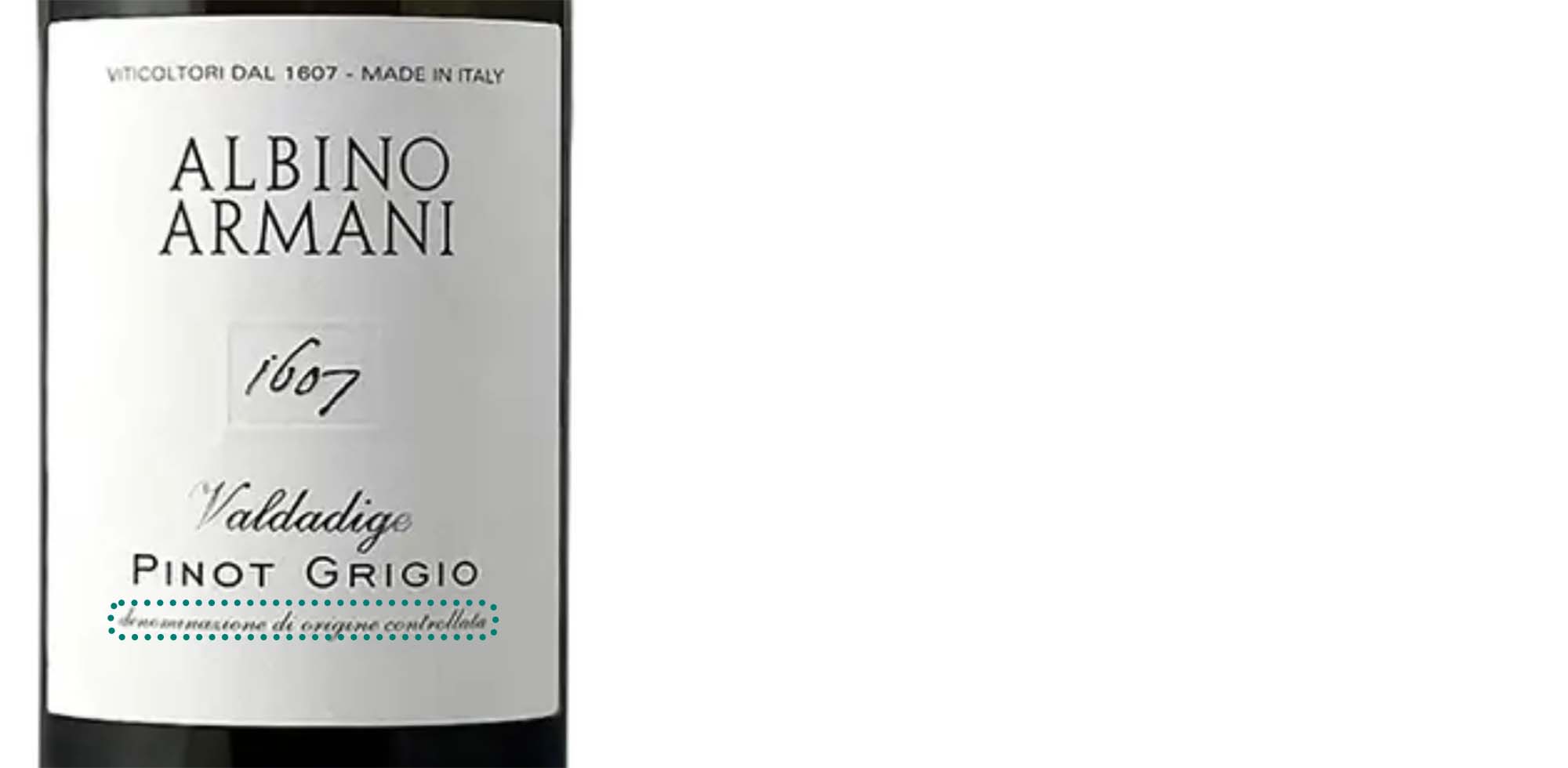
Vino da Tavola
Translating to “table wine”, this classification makes up about 30% of the total wine in Italy. Wines labeled Vino da Tavola are not necessarily low quality but maybe from a winemaker who wants to experiment with varietals or blends that do not fit the stricter regional labeling standards.
IGP - Indicazione Geografica Protetta
There are 118 IGPs in Italy, making up about 33% of total wines. Similar to Vino da Tavola, an IGP classification (also known as IGT or Indicazione Geographics Tipica) allows winemakers to use grapes and make blends not allowed under DOC or DOCG, but still be considered typical of that region.
DOC - Denominazione di Origine Controllata
Wines labeled Denominazione di Origine Controllata, or controlled designation origin, refer to the set of rules that determine the types of grapes grown, volume produced aging and other standards. There are 330 DOCs in Italy.
DOCG - Denominazione di Origine Controllata e Garantita
This is the highest classification in Italy and has the strictest production regulations. The DOCG classification was added in the 1980s and there are only 73 today. Together, DOC and DOCG make up 37% of the total wine produced in Italy.
Other terms to know
Beyond these classifications, you will find some other common terms on Italian wine labels.
- Riserva: Wines aged for longer than usual. Varies by region but is generally more than 1 year
- Superiore: Regional designation of a higher quality wine
- Classico: Wines from a specific zone in a region that are considered the original area of production
Italian wine regions
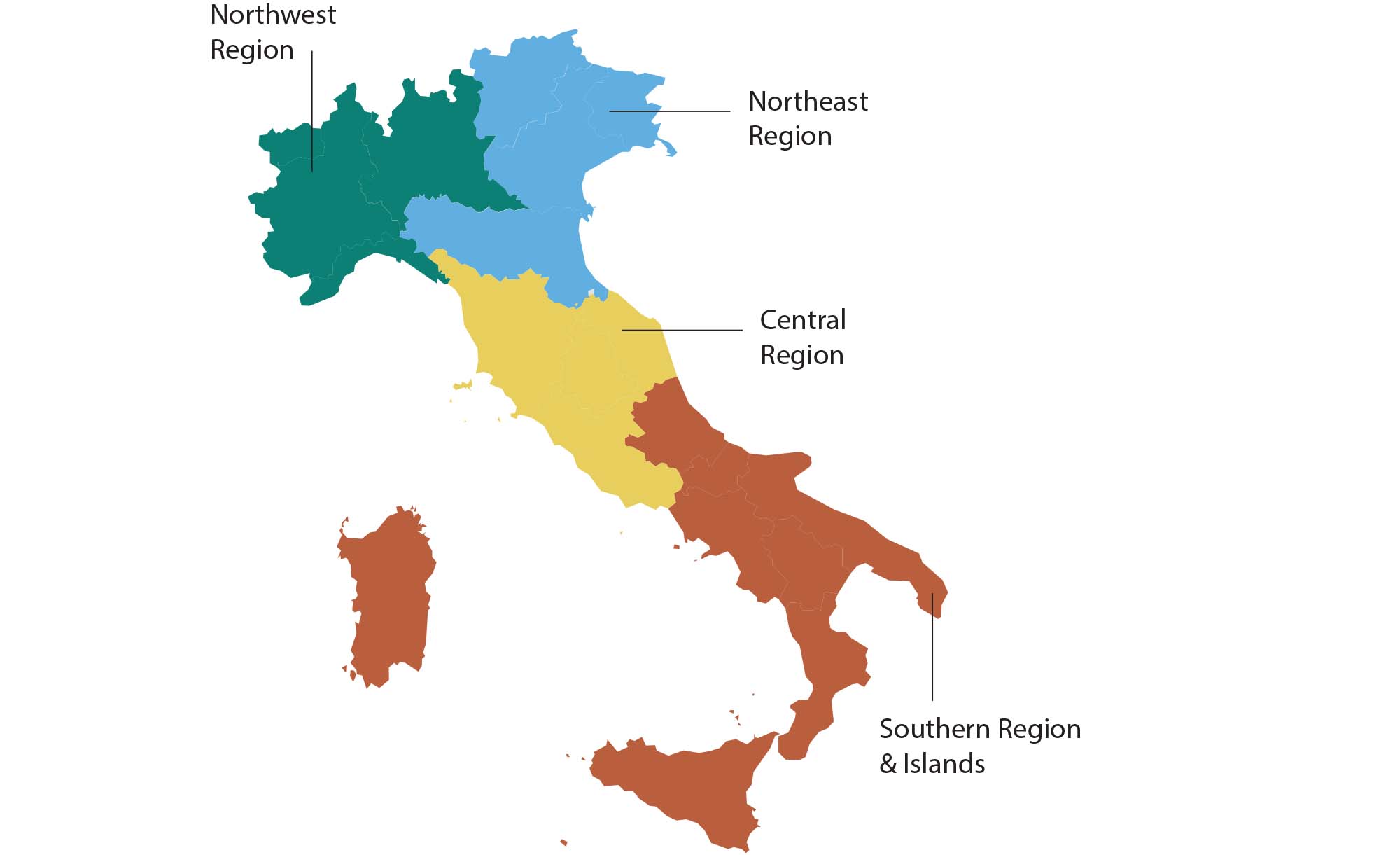
From the hills of the Alps to the toe of the boot, plus the islands of Sicily and Sardinia, Italy is covered in vines. Italy’s climate is generally mild, moderated by the seas to the east and west. The Alps, at the northern border, shield Italy from wintery blasts. The Apennine mountains, which run the length of the country, provide a range of topographies and soil types.
Learning all styles of wine could take a lifetime. But to help you on your journey, here is a brief overview of each of Italy’s wine regions and the primary styles of wines you’ll find.
Northwest
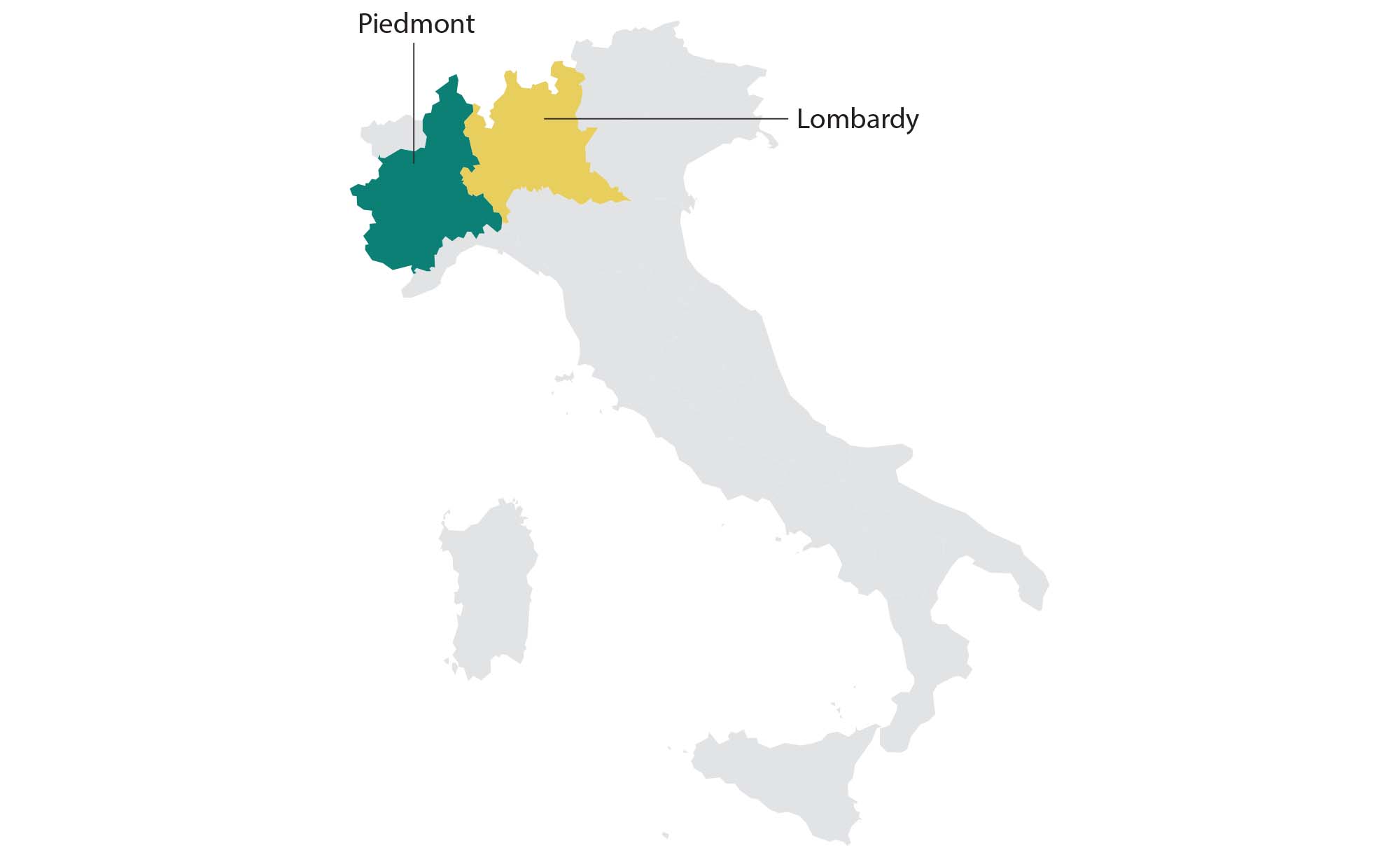
The northwestern wine regions of Liguria, Piedmont, Valle d’Aosta, and Lombardy extend along the border between France and Switzerland, separated by the Alps. The climate is generally mild to cool with a shorter growing season producing red wines with more earthy flavors and whites with vibrant acidity.
Piedmont
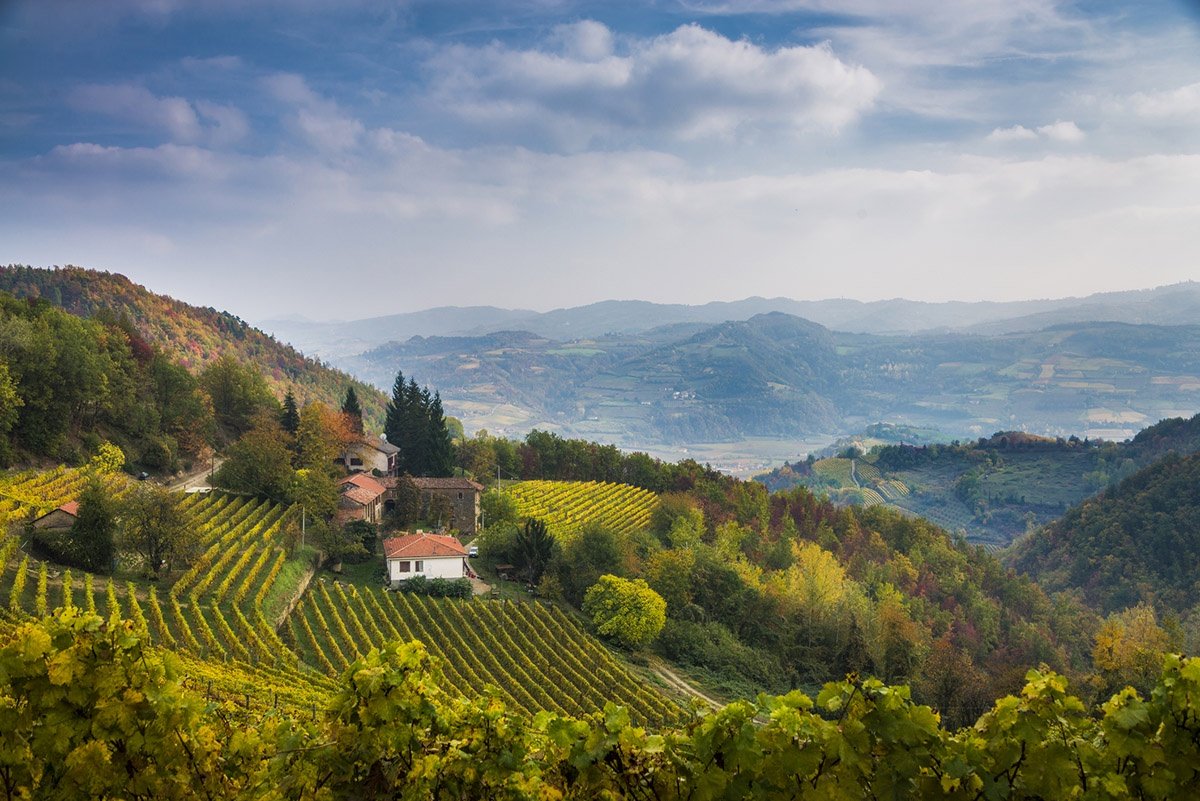
Piedmont means “foot of the mountain” perfectly describing the location of this region at the base of the Alps. Chilly mountain air and balmy Mediterranean breezes make this region ideal for growing cooler climate grapes.
The most famous grape varietal is Nebbiolo, which is used to make Barolo and Barbaresco wines. These red wines have very high tannins and acidity and are meant to age, especially Barolo that benefits from 10 to 20 years of resting in the bottle.
Two other red grapes that are a little more affordable and can be drunk younger are Barbera and Dolcetto. Both wines are more fruit-forward and a little lower in tannin.
When it comes to white wine, Piedmont is known for Cortese and Arneis. Cortese grapes are used to make Gavi wine and have a dry, crisp, mineral quality with citrus notes. Arneis is a bolder, fuller-bodied white wine with notes of pear and apricot.
A final wine you’re sure to know is Asti. This iconic semi-sweet sparkling wine has fruity aromas of peach and apricot and low alcohol content of around 5–9%. Moscato d’Asti is produced in small batches, has fewer bubbles, and is only allowed to be 5.5% alcohol by volume by law.
Lombardy
Home to the fashion-forward city of Milan, Lombardy is in the north-central region of Italy and receives a lot of cooling influence from the Alps. The most notable wine from this region is a traditional method of sparkling wine called Franciacorta. It is comparable to Champagne and made with Chardonnay, Pinot Bianco, and Pinot Nero grapes.
4+ Star Rated Customer Picks
Northeast
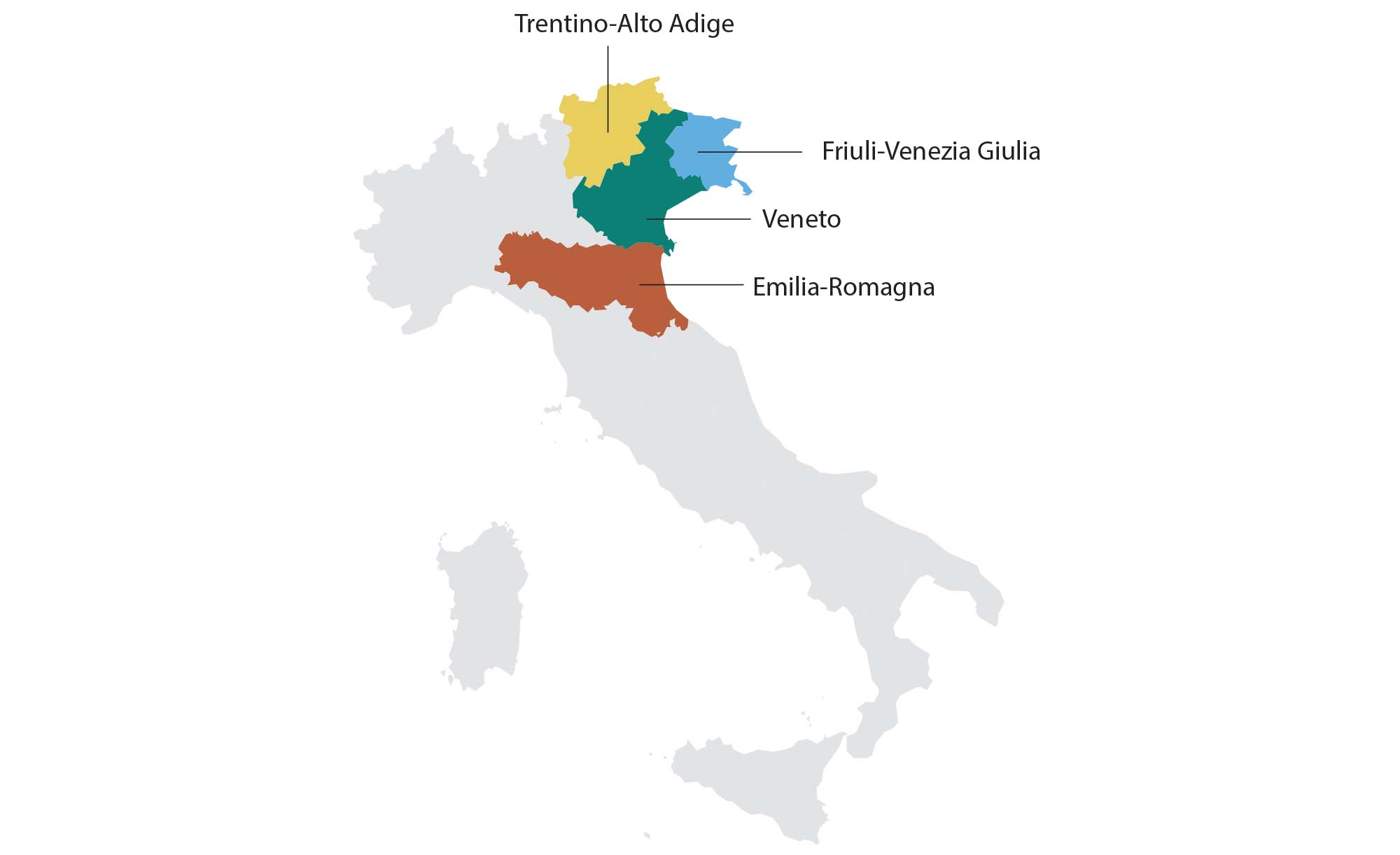
The northeast of Italy is home to four regions, Trentino-Alto Adige, Friuli-Venezia Giulia, Veneto, and Emilia-Romagna. Overall, the region has a cool climate with warming influences from the Adriatic Sea.
Trentino-Alto Adige
This region is made up of two provinces, Trentino in the south and Alto Adige in the north. Trentino is known for hearty reds, including wines made from Pinot Nero, Schiava, Lagrein, and Cabernet Sauvignon. Alto Adige has a lot of Austrian influence and is known for crisp white wines made from Pinot Grigio, Müller Thurgau, Gewurztraminer, and Chardonnay. Chardonnay is also used to make sparkling wine called Trento.
Friuli-Venezia Giulia
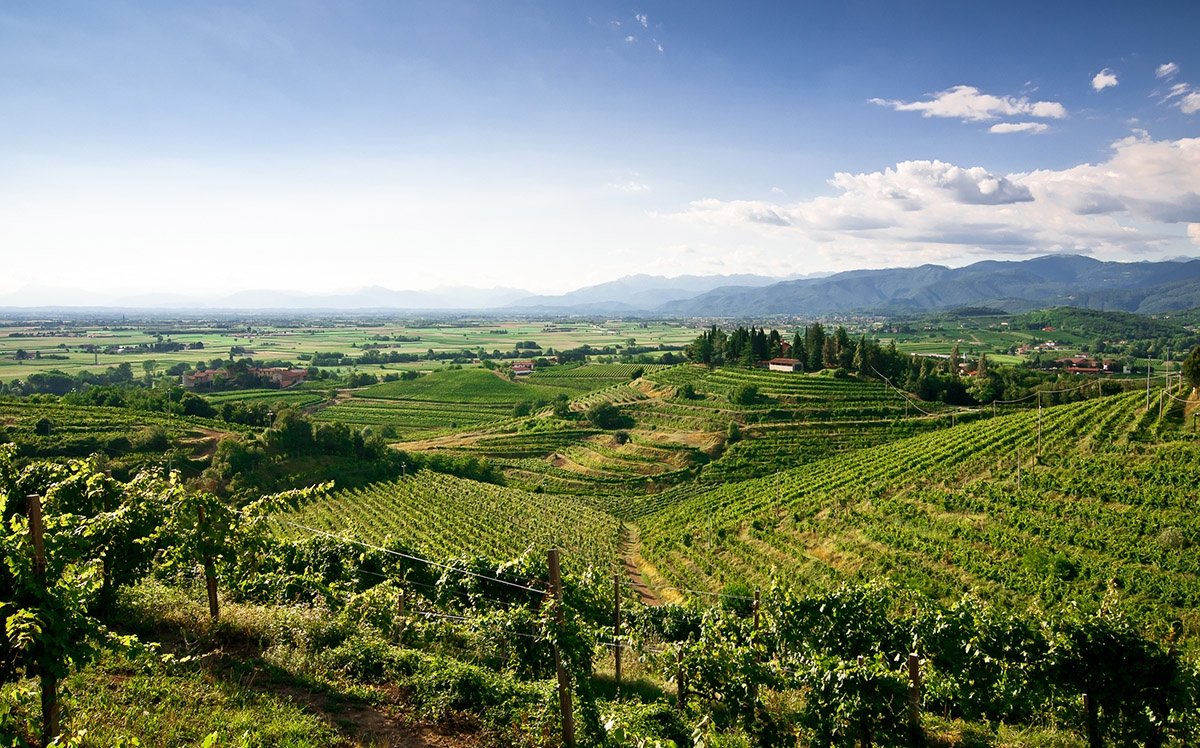
Located in the very northeast of Italy bordering Austria and Slovenia, Friuli-Venezia Giulia grows grapes along the foothills of the alps and in the flat plains that stretch out to the Adriatic Sea. Cool nights and warm days give structure and balance to the wines.
Mostly white wines are produced here and are known for their complexity with fruity, spicy, earthy flavors. Most notably is the Pinot Grigio that is light to medium in body with notes of peach, almond, and green apple. Sauvignon Blanc is also grown here, along with two local varieties – Ribolla Gialla and Friulano.
When it comes to reds, Refosco is an everyday wine with notes of blueberry and blackberry and Schioppettino produces a dry, peppery, spicy wine with black cherry flavors.
Veneto
Veneto stretches along the northeast of Italy with Austria to the north and Venice in the south. The northern location makes it perfect for growing crisp white wines, most notably Prosecco and Pinot Grigio.
Prosecco is made from the Glera grape and the tank method for bright, light, fruity sparkling wines.
The white wines of Veneto are made from a variety of grapes. Soave is a light, fresh, and smooth white wine featuring Garganega and Trebbiano grapes. You can also find Pinot Grigio.
When it comes to red wines, Corvina is the star grape and is featured in Amarone della Valpolicella, a very slightly sweet, intense wine. Wines from this region are made with a method called Appassimento where grapes are spread out on mats to dry and raisin, concentrating their flavors. You’ll find “recioto” on the label of sweet wines.
Emilia-Romagna
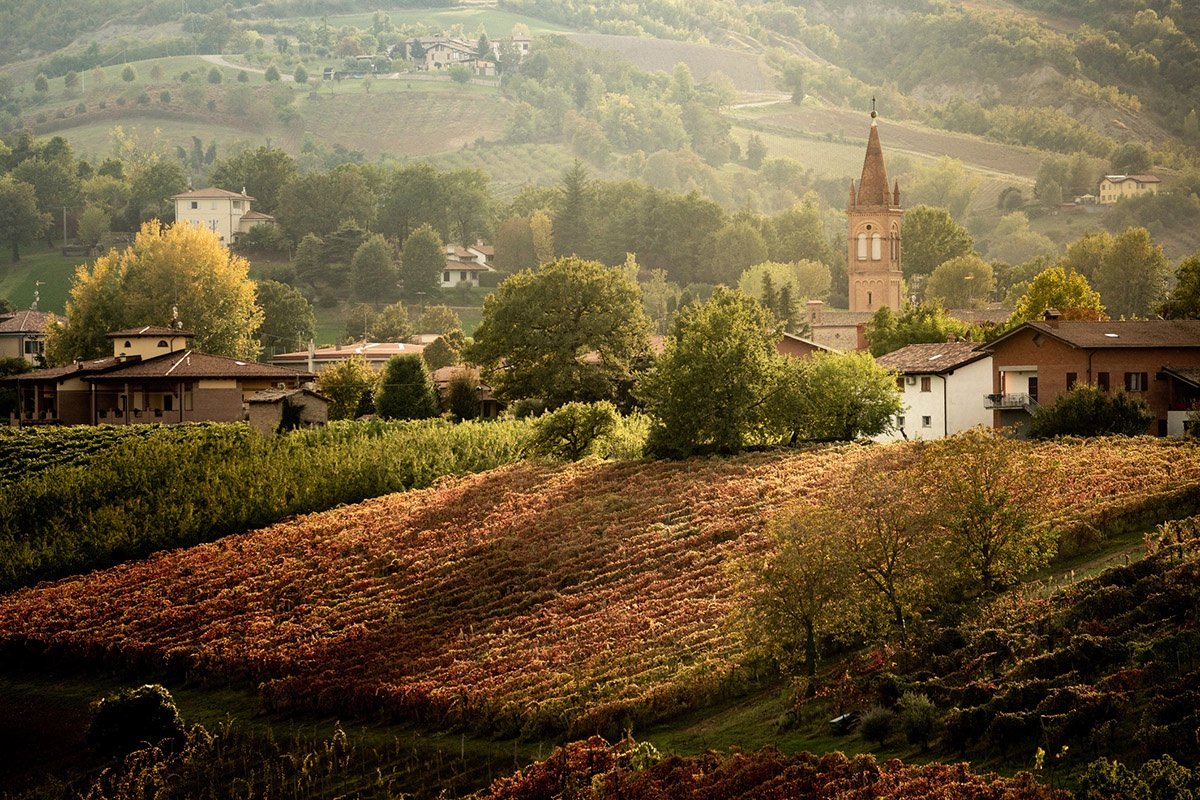
Emilia-Romagna is probably more well known for its cuisine than its wine. But the region does produce one wine you have most likely heard of, Lambrusco. Lambrusco is a slightly sparkling red wine, as known as frizzante. In the US we know this wine as sweet, but there are dry versions as well.
4+ Star Rated Customer Picks
Central
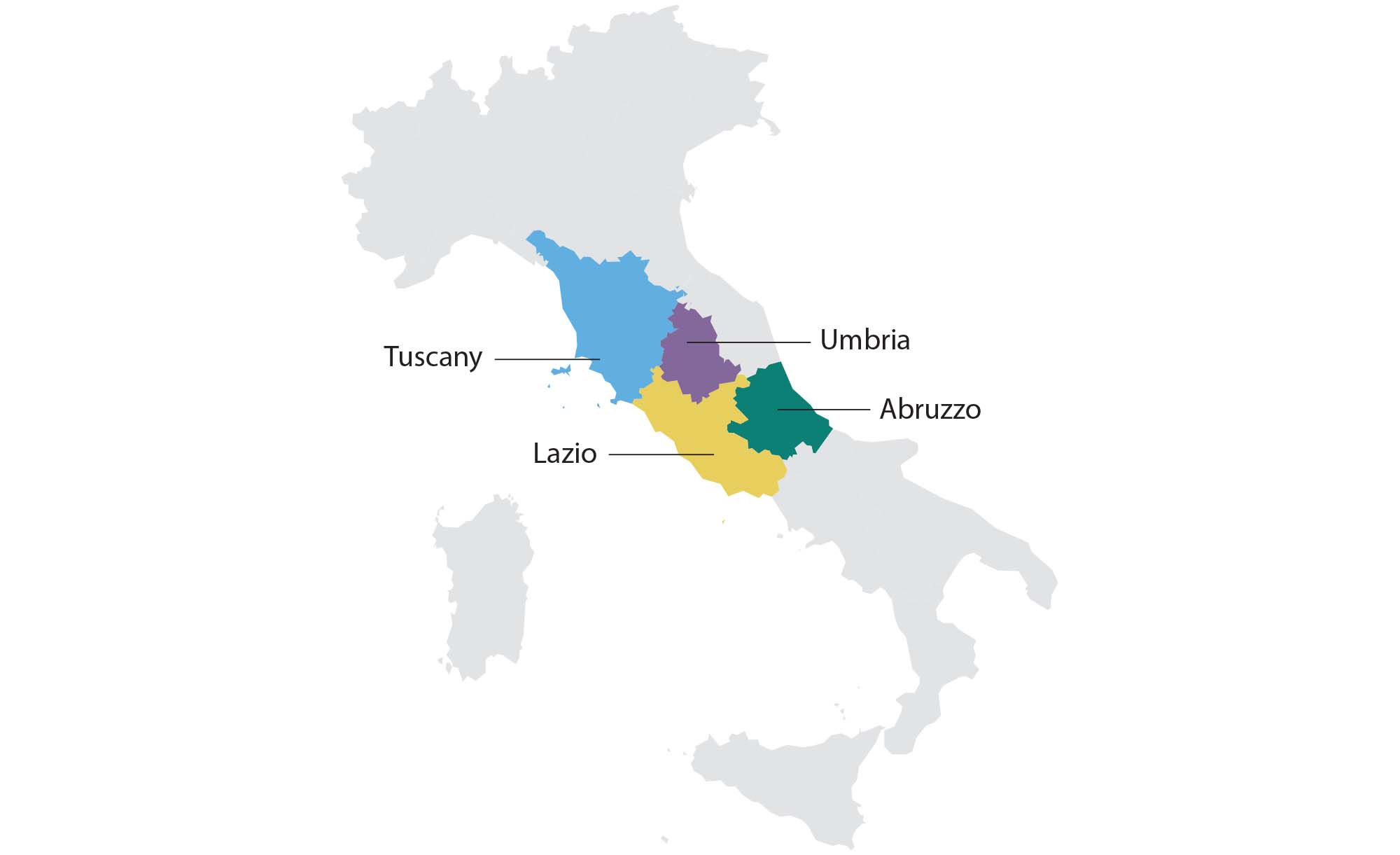
Central Italy has five wine regions: Marches, Abruzzo, Tuscany, Umbria, and Lazio. The region is split in the middle by the Apennine Mountains. Grapes are grown on either side of the mountain range extending out to the Mediterranean and Adriatic seas. The coastal influence makes this region perfect for growing two key red grapes, Sangiovese and Montepulciano.
Abruzzo
Along the mountainous central Adriatic coast, you will find the wine-growing region of Abruzzo. Abruzzo is also the fifth largest wine-growing region in Italy.
Abruzzo is home to the fresh and hearty red wine Montepulciano d’Abruzzo. Montepulciano d’Abruzzo is made from the Montepulciano grape, the second most grown grape in Italy. Montepulciano d’Abruzzo wines are an everyday drinking style and typically found at a great value. Most red wines from the Abruzzo region are low in acidity and light in tannins yet filled with big fruit flavors.
Other wines of the region include Cerasuolo d’Abruzzo, a rose wine, and Trebbiano d’Abruzzo, a dry white wine.
Umbria
Umbria is located to the east of Tuscany and shares a similar landscape as well as styles of wine. Umbria is known for its tannic age-worthy reds, as well as crisp dry whites.
Orvieto is a white wine made from indigenous Grechetto and Trebbiano grapes. It’s crisp and light-bodied and delicious served well-chilled as an aperitif or with light meals.
Sangiovese, the signature grape of neighboring Tuscany, also does well in Umbria, where it is the most-produced variety. Look for Sangiovese in every day, food-friendly varietal wines, and blends.
Tuscany
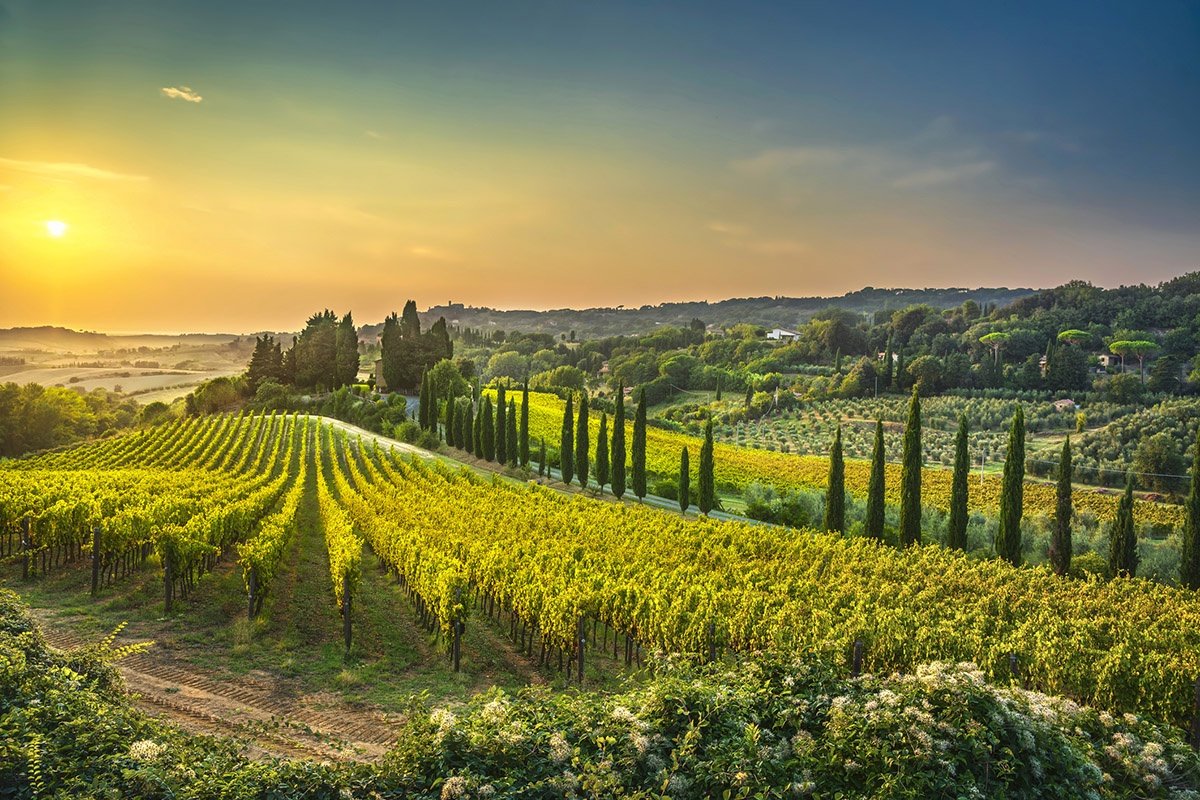
Tuscan wines date back to pre-Roman times almost 3000 years ago. And the most famous wine of this region, Chianti, was first recorded in 700 AD.
When it comes to red grapes, Tuscany is known for Sangiovese. Sangiovese is used to make the majority of red wines from this region including Chianti, Chianti Classico, Vino Nobile di Montepulciano, and Brunello di Montalcino. There are believed to be many clones of the Sangiovese grape, greatly varying the flavor of the wine. Other red grapes used to make these wines include Canaiolo, as well as Colorino, Cabernet Sauvignon, and Merlot for structure and color.
All of these red Tuscan wines offer complexity and acidity with bright notes of red fruit, making them great food companions. More affordable Chiantis and Tuscan reds are typically simpler, lighter versions of that classic flavor profile.
The very western edge of Tuscany is home to Super Tuscans. Super Tuscan is not an official designation, and you’ll never actually see the words “Super Tuscan” printed on the label. In the 1970s, winemakers who did not want to adhere to the DOC requirements of the region created new blends. With the international success of these wines, a new designation was created, IGP (Indicazione Geografica Protetta). These wines feature international grapes including Cabernet Sauvignon and Merlot, as well as Sangiovese.
Tuscany is also home to some notable white wines featuring a variety of grapes including Chardonnay, Malvasia Bianca Lunga, Sauvignon Blanc, and Trebbiano. You’ll also find the well-known dessert wine, Vin Santo. This wine is made with the white Trebbiano grape and produces a sweet, delicate, creamy honey-flavored wine that is amber to orange in color.
Lazio
The Lazio region surrounds Rome and is located near Italy’s western coast. It’s no surprise that Lazio is one of the country’s most ancient winemaking regions, with the early citizens of Rome enjoying wine thousands of years ago.
Lazio includes some 30 separate DOC and DOCG zones for wine production. The majority of wines produced are white, most often made with Trebbiano or Malvasia grapes. Frascati, located southeast of Rome, is probably the best-known DOC.
4+ Star Rated Customer Picks
South & Islands
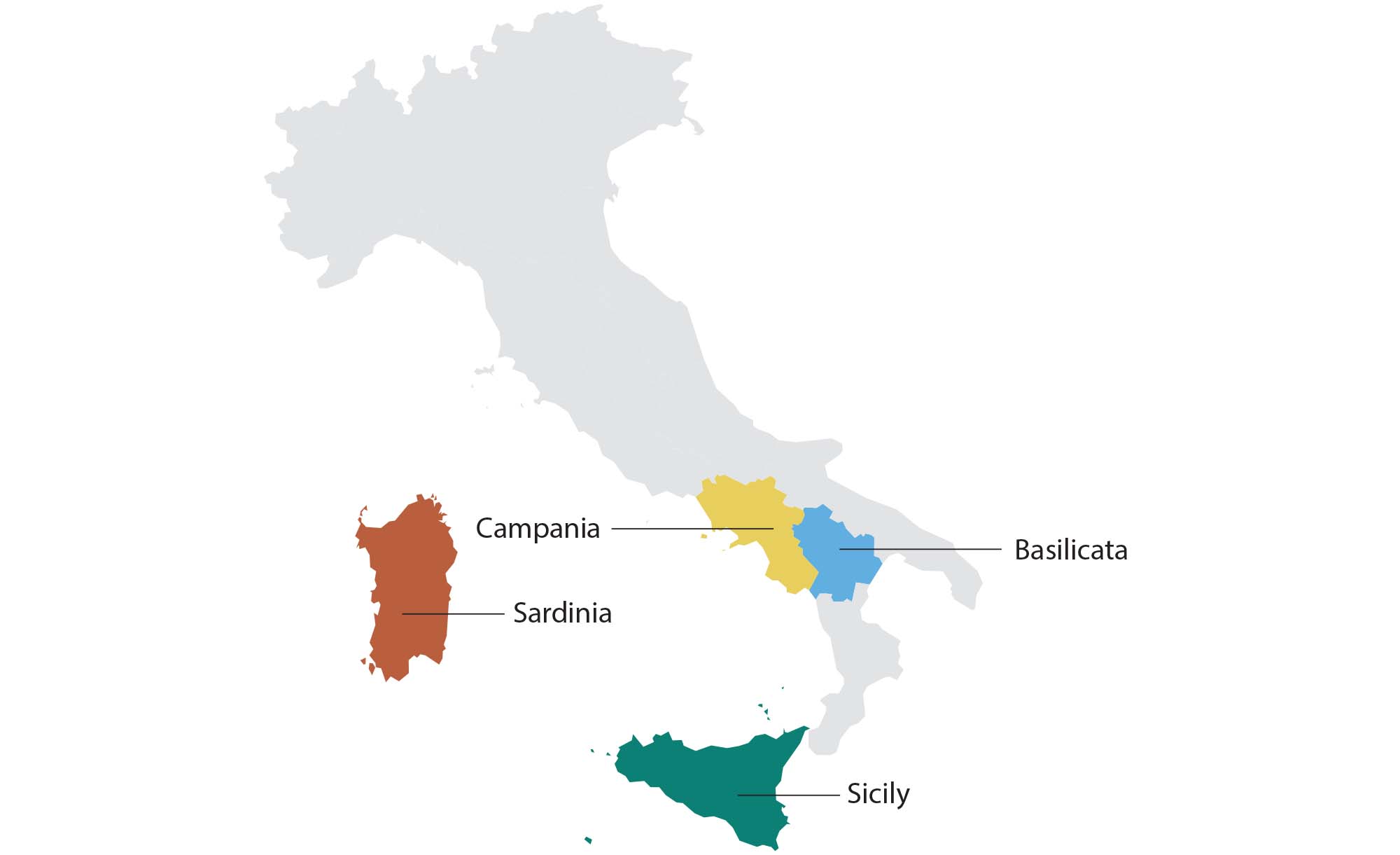
The boot of Italy is the warmest region with wines full of ripe fruit flavors. The key regions in the south include Molise, Puglia, Basilicata, Calabria, and Campania, along with the two islands, Sicily and Sardinia.
Basilicata
Basilicata is located in the arch of the boot. It has lots of arid hills and mountains with only a small amount of wine produced in the region. However, one of the most notable wines grown here since the ancient Greeks is Aglianico, a robust and deeply colored red wine great for aging and boasting notes of dark fruits, earth, and spice.
Campania
Iconic Naples and the Amalfi Coast reside within the Campania region. A long, warm growing season with volcanic soils produces powerful and concentrated red wines, as well as aromatic and mineral white wines. Red wines include Taurasi and Aglianico del Taburno, both made with the Aglianico grape. White wines include Fiano di Avellino and Greco di Tufo.
Sardinia
Sardinia is located off the western coast of Italy and has a very sunny Mediterranean climate perfect for winemaking and vacationing. Sardinia was a colony of Spain up until 1708, which is reflected in some of its wines. Cannonau is the local name for Grenache and Carignano is Carignan. Monica is a native grape that produces dry, red wines. And Vermentino is grown in the northeast and produces crisp, tangy white wines.
Sicily
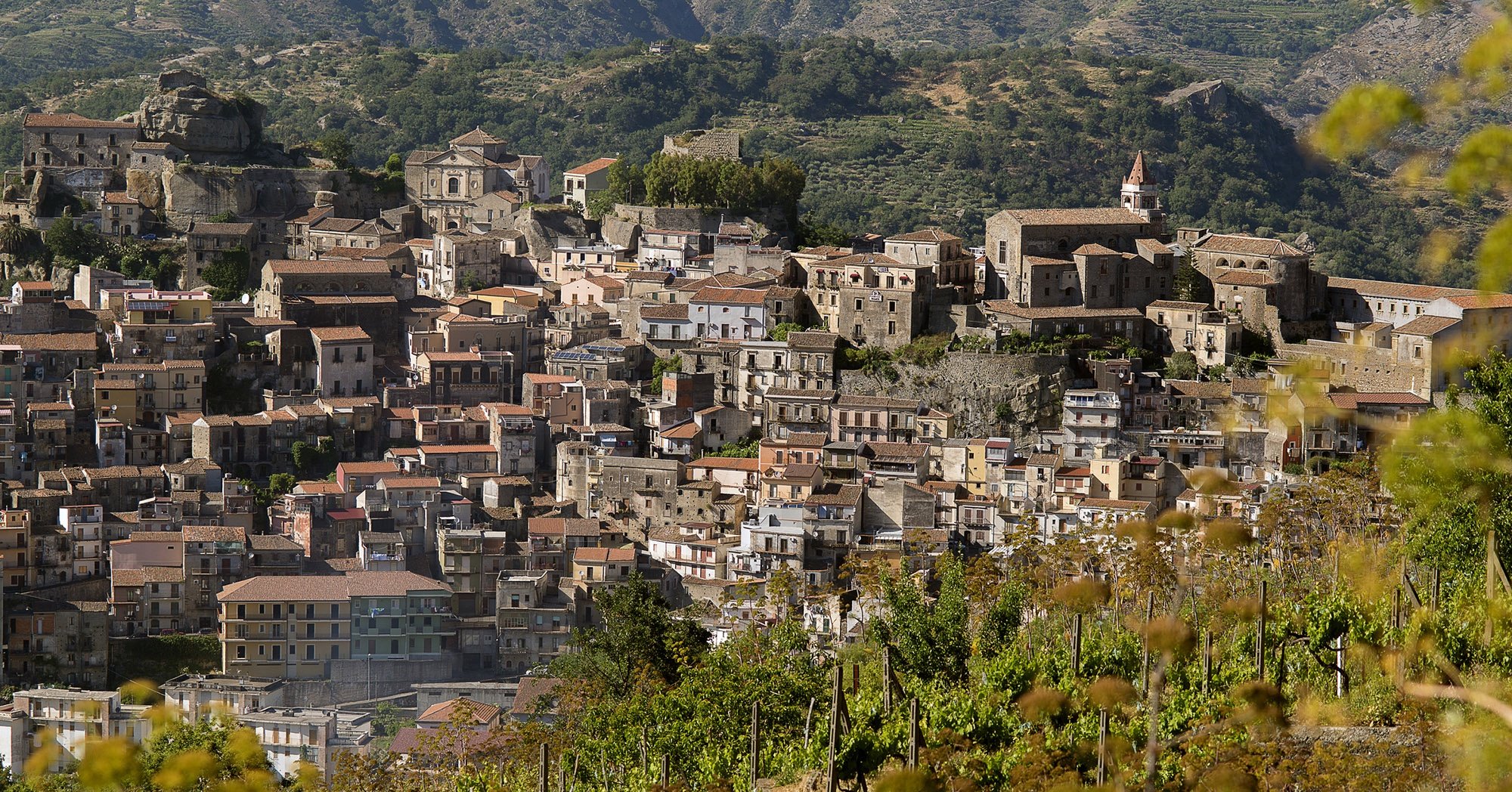
Sicily has a dry, warm climate with lots of sun that produces a wide range of wine styles. The unique cooling altitude of Mount Etna and the volcanic soil imparts an elegant terroir on the wines. You’ll find fruity, medium-bodied red wine made from Nero d’Avola and peachy white wines made from the Grillo grape called Sicilia. Sicily is also home to the fortified dessert wine, Marsala.
With all that information, now it’s time to try some Italian wines. If you aren’t sure where to start, check out our guide to tasting wine and put together a wine tasting to try a few styles.

